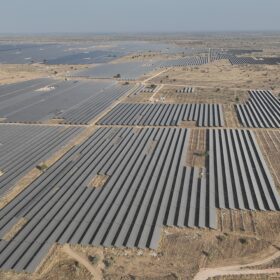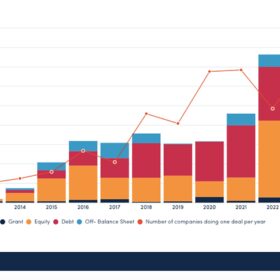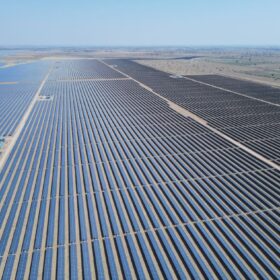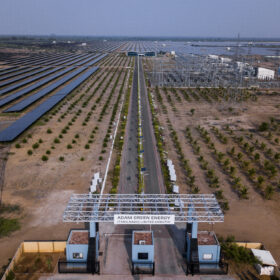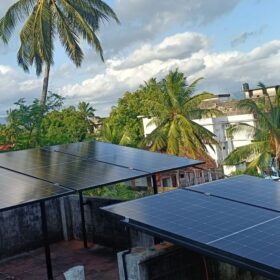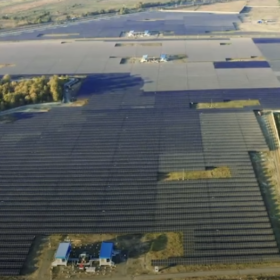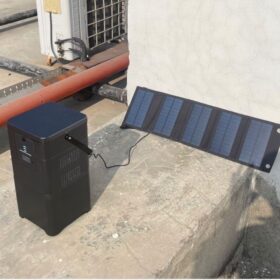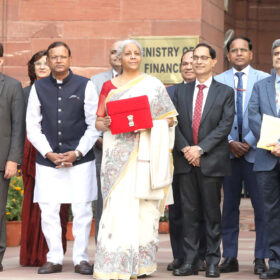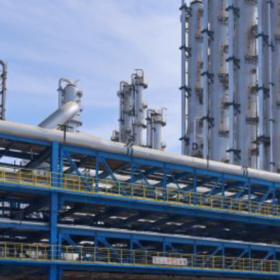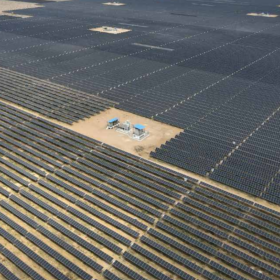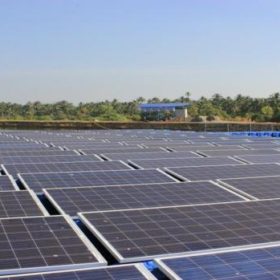India installed 7.8 GW solar in Q1 2025, says IEEFA
India added 7,782 MW of solar power generation capacity in the Jan-Feb-March period of 2025, the second-highest PV installation in the last 13 quarters, according to a power sector summary by the Institute for Energy Economics and Financial Analysis (IEEFA).
Global investment in off-grid solar down 30% in 2024
Off-grid solar investment fell 30% in 2024, with early-stage firms and productive-use tech hit hardest, says Gogla. The global association for the off-grid solar energy industry adds that scale-ups attracted 77% of the nearly $300 million invested, signaling stronger commercial viability among mature players.
India installed 24 GW solar in FY2025, says JMK Research
India installed 23.8 GW of new solar capacity in FY2025, including 16.9 GW from utility-scale, 5,148 MW rooftop and 1,785 MW offgrid installations.
Mauritius hosts SolarX Accelerator Programme in collaboration with International Solar Alliance and Business Mauritius
The two-day SolarX Accelerator Programme in Mauritius brought together 35 startups from across Asia and APAC region to accelerate the development and deployment of innovative solar solutions.
India installed 18.5 GW of utility-scale solar, 4.59 GW rooftop PV in 2024
Waaree Energies led solar module shipments with a 14.1% share of the overall supplies in the Indian market during Jan-Dec. 2024 period.
India installed 3.2 GW of rooftop solar in 2024, says Mercom
Rooftop solar additions of 1.3 GW in Q4 2024 surpassed all previous quarterly installations.
India added 25 GW of solar in 2024, says Mercom
Large-scale solar installations grew nearly 235% year-on-year (YoY) to achieve record capacity additions.
Enhanced Innovations develops solar-powered cold storage unit for ‘last mile’ vaccine transport
India’s Enhanced Innovations has developed the Phloton active cooling vaccine carrier with a 14-hour lithium battery backup and solar charging support.
Union Budget 2025-26: India focuses on waste-to-wealth to secure lithium battery supply chain
Finance minister Nirmala Sitharaman has submitted Union Budget 2025-26, which proposes customs duty exemption for waste and scrap of lithium-ion batteries and critical minerals.
Budget 2025 expectations of the Indian renewable energy industry
Regulatory and fiscal incentives to set up specialized labs in collaboration with leading international and domestic research institutions, reduction of Goods and Services Tax (GST) on turbines and solar modules, and ISTS charges waiver extension are on the budget wishlist of the renewable energy industry in India.
